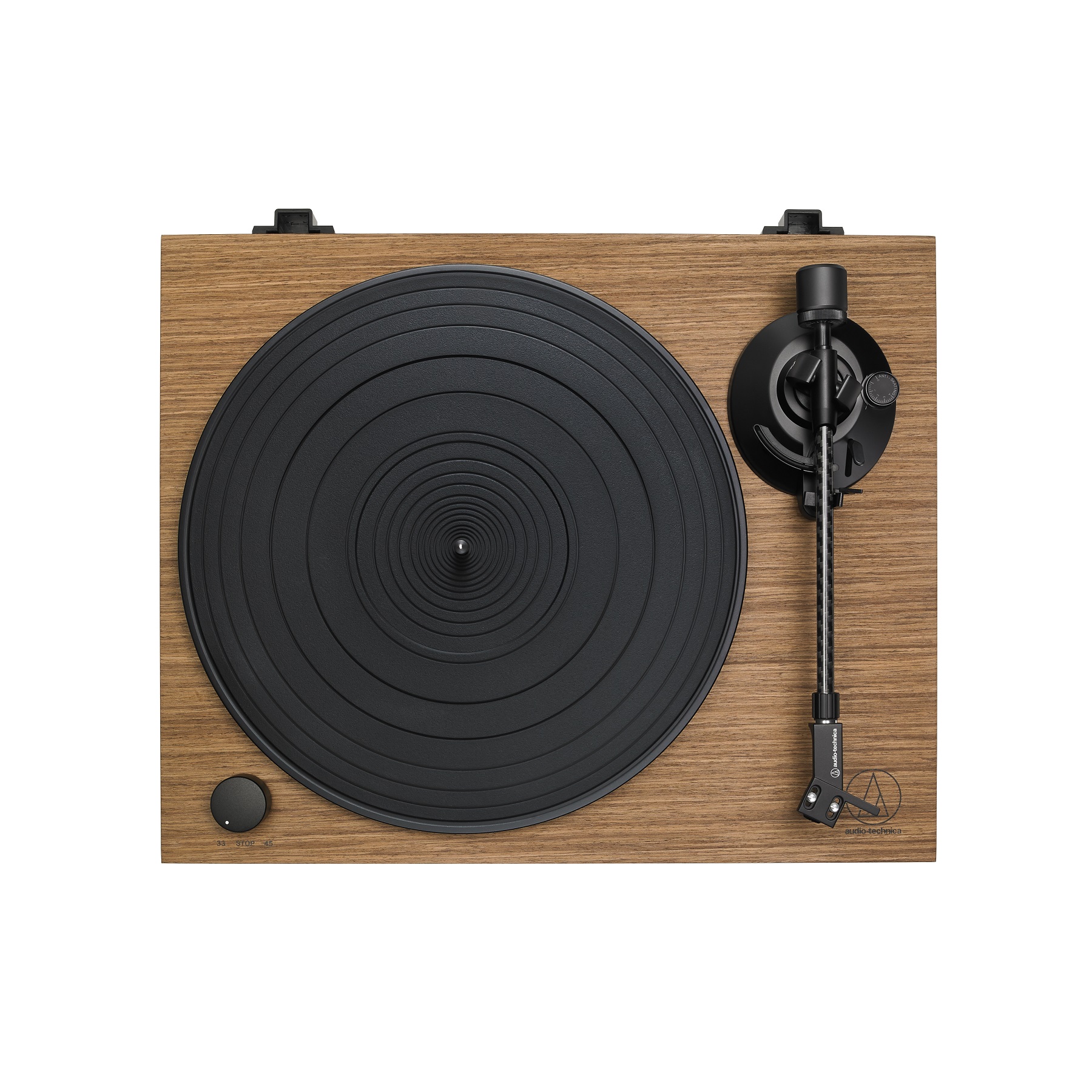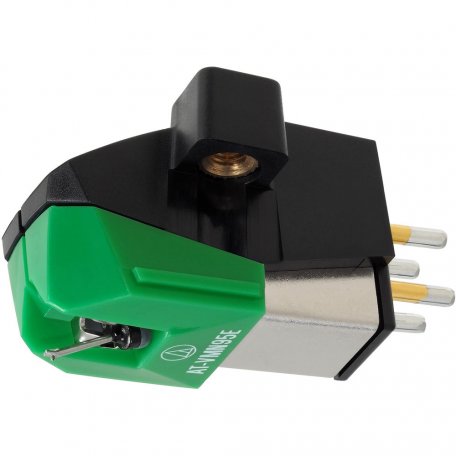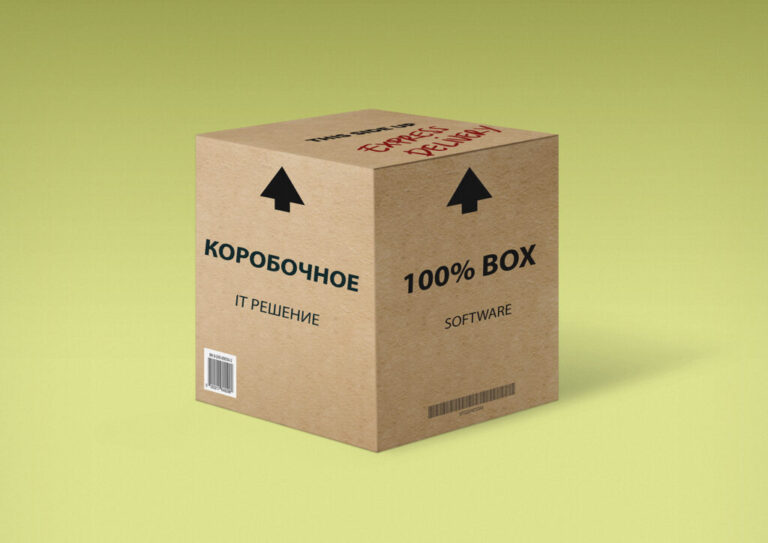Cold, Not Tube Audio-Technica AT-LPW40WN Review

Many reviews covering the vinyl theme have a lot of emotional content, subjectivity and taste. For this reason, I decided to start the cycle with a pilot review of the vinyl player. If it is possible to make such a review not biased, useful and at the same time not too boring, then the format of the cycle has the right to life. Under the cutter is a purely technical review of Audio-Technica AT-LPW40WN. It is called “cold” and “non-tube” from the fact that it is consciously spared even from “warm tube” marketing.
My approach to vinyl these days
(if you are familiar or not interested in my position, you can immediately proceed to the next heading)
After our publications on topics related to the vinyl renaissance, some of the readers turned to me for advice on choosing the right player. Usually, I redirected such questions to the experts of the Pult.ru showrooms and only a couple of times I published reviews of products related to vinyl. The fact is that vinyl players are interesting to me as a paradoxical trend, as an archaic technique with an interesting design, but not as devices for daily use, and all the more not as advanced developments.
I share the views of those who believe that record players reached the point of their highest technical development at the end of the last century and there is nothing to fundamentally improve them. You can only optimize the design and apply tried and tested solutions to try to increase fidelity of reproduction. But radically new devices do not improve anything else, which is so physically limited by the specifications of the records.
General information
Audio-Technica AT-LPW40WN is a fully hand-held belt-driven microphone, which significantly distinguishes it from DJ players, in the segment of which the company is known a little more. This feature is clearly aimed at music lovers and philophonists, ideologically far from DJ devices with direct drive. The fact is that among audiophiles there is a strong belief that a belt drive is more stable than a direct one with equal cost players.

In part, this belief is confirmed by the fact that large pulsed currents can occur in a direct drive, which do not combine well with the low voltage at the output of the cartridge. In this case, as a rule, really high pulse currents can occur at the time of starting up the disk, when the tonearm with the head are on the stand and do not remove, and, accordingly, do not affect the sound at this moment. If, for some reason, a high surge current appears after starting the engine at the time of playback, this will cause extraneous noise.
Engine
The AT-LPW40WN is equipped with a DC motor with automatic stabilization system. The engine supports two playback speeds of the plates, 33 and 45 rpm. Today it’s hard enough to find people who listen to shellac records that require playback at a speed of 78 rpm. Thus, depriving the player of an unused function, the engineers were able to simplify the design and reduce the cost of the device.
Chassis and drive
The chassis of the device is made of thick sheet MDF, the chassis weight is almost 5 kg. MDF is finished with material imitating teak veneer, which, according to the manufacturer, carries not only an aesthetic function, but also further reduces the risk of acoustic feedback. The high mass of the case prevents a significant part of spurious vibrations and resonances that can seriously affect sound.

The support disc is made of cast aluminum and has a traditional rubber mat. The use of aluminum casting allows you to make the disc light enough, while avoiding deformation, the risk of which is higher when using plastic.
Tonearm
The direct carbon fiber tonearm with microlift and anti-skating makes playback control easy and safe for users with little experience. Downforce adjustment will not leave indifferent experienced users for whom custom settings are critical. Carbon fiber tonearm is a rarity for devices in this price segment. A full-time MM cartridge is fixed to the tonearm, which is worth telling in more detail.

Cartridge
By default with a turntable, the AT-HS4 universal half-inch shell is installed on the tonearm, to which the AT-VM95E head is attached. From vinylophiles I heard that “ninety-fifth”, they say, is a legend among budget heads. This is indirectly confirmed by more than forty years of history of its production. During this time, they were reproduced by as many as five million pieces.

The evolutionary continuation of the 95th was the AT-VM95 line. This is a cartridge consisting of a common base with a cantilever and interchangeable needles with different sharpenings. As a base manufacturer proposed a needle with an elliptical sharpening, which is not typical for relatively budget players, where they usually use spherical.
The use of MM-cartridge allows you to get a relatively high volume without the need to use a powerful phono preamp. For budgetary (up to $ 1,000) solutions, this type of cartridge is also useful in that if the needle is damaged, only the needle will need to be replaced, without having to change the entire cartridge (which is almost inevitable when using the MC pickup, since the MC cartridge is rarely equipped with replaceable needles) .
Phono stage
The built-in phono stage is what distinguishes the model from many price and structural analogues. Users who do not claim audiophile sophistication in the form of tube phono stage and rhodium wire are likely to appreciate this integration.
The built-in correction is enough to align the RIAA with the standard head. When replacing the head with more demanding MC options, the standard phono stage can be turned off and an external device can be used.
Specifications
Once again, dry about the characteristics:
Player Features
- Type of belt drive with manual rotary table
- AT-LPW40WN motor: DC motor with active speed stabilization
- Speeds 33-1 / 3 rpm, 45 rpm
- Detonation <0.15% WRMS (33 rpm) at 3 kHz
- Signal to noise ratio> 60 dB
Exit levels
- “PHONO” nominal 4.0 mV at 1 kHz, 5 cm / s
- “LINE” rated 200 mV at 1 kHz, 5 cm / s
- Phono amplifier 35 dB nominal, RIAA equalized
Tonarm Characteristics
- Type AT-LPW40WN: Static Balanced Straight Carbon Tonearm
- Effective length 223.6 mm
- Maximum tracking error angle less than 2.0 °
- Stylus pressure adjustment from 0 to 3.0 g
- Applicable cartridge weight (including shell) 12 to 17 g
Cartridge and Head Specifications
- Cartridge Model: AT-VM95E
- Type of cartridge MM
- Recommended Load Resistance – 47,000 Ohms
- Output voltage 4.0 mV (mV at 1 kHz, 5 cm / s)
- Needle AT-LPW40WN: elliptical sharpening 0.3 × 0.7 mil
- Aluminum Canteliver
- Tracking force range from 1.8 to 2.2 g (standard 2.0 g)
- Cartridge Weight 6.1 g (0.22 oz)
Shell
- shell model AT-HS4
- Shell weight 8.5 g (excluding lead wire)
- Shell adjustment ± 5 mm
Dry residues
The conclusion is simple – a universal device for reproducing gramophone records. It is quite suitable as a basic first player for not very experienced users who want to learn a little more about this technique, and also will completely satisfy the needs of an experienced vinyl player who does not have the means for High End refinements, but who feels the need to use different cartridges, photo correction parameters and reproducing records with a speed of not only 33, but also about 45 vol.
Advantages:
- Heavy chassis
- Cartridge with elliptical needle included
- Phono stage
- Lightweight carbon fiber tonearm
- Small knock and good signal to noise ratio
- Active stabilization
Disadvantages:
- You can not listen to shellac, there is no speed of 78 rpm.
- The mass of the chassis could be even greater.
- The phono stage is not enough for a full-fledged MC cartridge.
I will not write anything about prices, since everyone has different possibilities, and the pricing criteria in audio are not always clear to me. In our catalog, a subject costs 33,000. With the characteristics and capabilities not too different from devices that are 5-10 times more expensive, it is probably fair. The dry conclusion is a perfectly suitable pinwheel, designed for a relatively mass user. Thanks in advance to the readers for the opinions in the comments.



